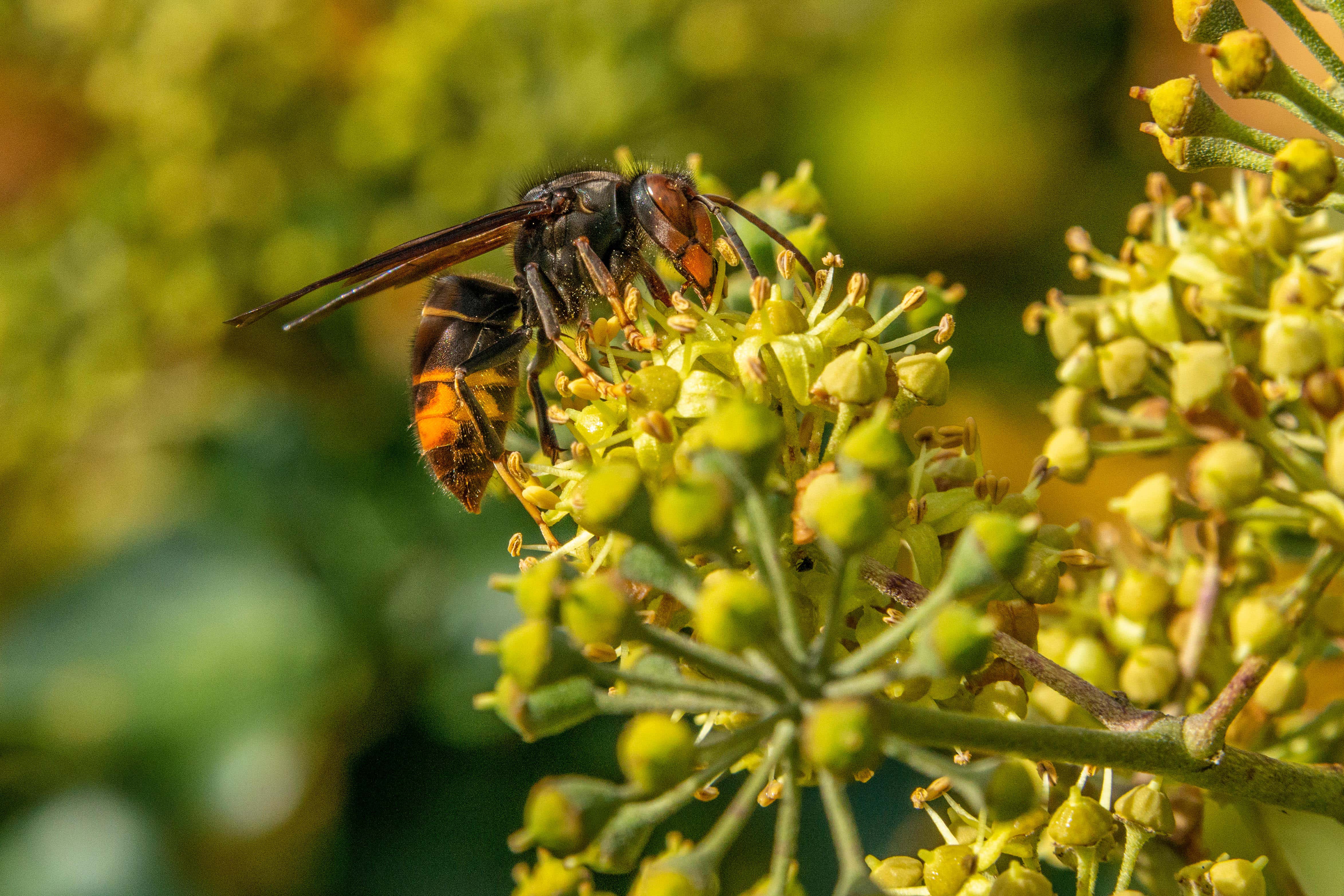Warning over surge in population of Asian hornets after ‘unprecedented’ early sightings
An “unprecedented” number of early suspected sightings of Asian hornets has raised fears of a surge in the UK population of the invasive species.
Experts are warning of the potential impact on key native pollinators, with the hornets – which are capable of killing 50 honey bees a day – having already devastated colonies and severely reduced honey production in parts of France and Italy.
The Asian hornet, also known as the yellow-legged hornet, is believed to have first arrived in France in a cargo of pottery from China in 2004, spreading rapidly across Europe to the extent that the species has now been sighted in 15 countries.

open image in galleryAn Asian or yellow-legged hornet in flight (Alamy/PA)
It was first spotted in the UK in 2016, but experts warned last year that the invasive hornets had successfully overwintered in the UK for the first time.
Now, with a warm start to the spring season, experts in Jersey have reported an unprecedented number of early sightings of Vespa velutina, whose sting causes an allergic reaction that can lead to fatal anaphylactic shock in extremely rare cases.
“The first queens were more than two weeks early this year,” John De Carteret, a founding member of the Jersey Asian Hornet Group, told The Guardian, adding: “We’re obviously concerned.”
According to the group, there were 262 reported sightings of queen Asian hornets as of 11 April – marking an increase of more than 1,000 per cent compared with the same date last year.
The number had risen quickly from 147 reports of queen hornets on 6 April, and just 33 a week earlier, Mr De Carteret said.
“When we reach 266 queens, we will equal the total from 2024 – and that figure wasn’t reached until 25 June,” he added.

open image in galleryThe Asian hornet is a species indigenous to southeast Asia (Getty)
Ian Campbell, of the British Beekeepers Association, told the newspaper “it would be a surprise if numbers were not above the 2024 level” as he warned of their alarming ability to proliferate, saying: “In some countries, like Spain and Belgium, we’ve seen numbers increase from a handful of nests to 10,000 nests in four years.”
According to Mr Campbell, a typical nest of between 2,000 and 3,000 hornets can eat more than 11kg of insects per season – equating to the weight of around 90,000 bees.
Research published in November 2023 suggested that in France – the worst-hit country in Europe – between 2.6 and 29.2 per cent of the country’s bee colonies are at risk of being wiped out every year by Asian hornets, in a blow to the economy of up to €30m (£26m).
While just two hornets have officially been sighted so far in the UK in 2025 – in Shropshire and Kent, according to the government’s Animal and Plant Health Agency’s database – the number of confirmed sightings is typically far greater than the number of insects ultimately confirmed and eradicated.
Earlier this year, researchers at the University of Exeter carried out genetic analysis to identify prey species in the guts of more than 1,500 hornet larvae from 103 nests in Jersey, France, Spain, and the UK – and found that the hornets feast on hundreds of different insect species that are already under pressure from farming, land use changes, and chemical pollution.

open image in galleryAn Asian hornet taking nectar from an ivy flower head (Alamy/PA)
The study drew attention to the potential impact on agriculture, noting that 43 of the 50 most commonly identified species eaten by the hornet larvae are known to visit flowers. These included Europe’s three main crop pollinators – the honey bee, the buff-tailed bumble bee, and the red-tailed bumble bee.
Warning that their findings showed that the hornets are “highly flexible predators”, the study’s lead author Siffreya Pedersen said: “Insects play vital roles in enabling ecosystems to function – including pollination, decomposition and pest control.
“Most insect populations are in decline due to factors such as habitat destruction and chemical pollution. The expanding area inhabited by Asian hornets poses an extra threat.”
댓글
댓글 쓰기